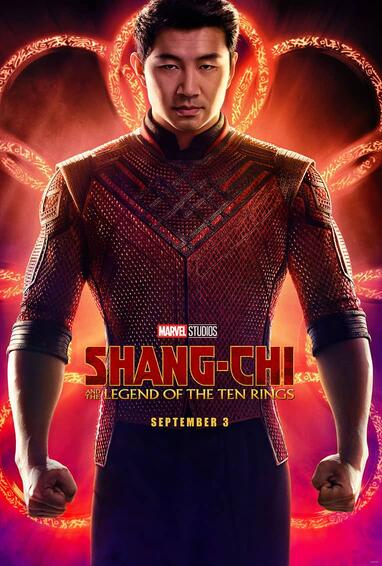

“Shang-Chi and the Legend of the Ten Rings,” released Sept. 3, stands out as the first Marvel movie to include an Asian American lead character along with an Asian American director. Hitting a record-breaking $90 million in the box office over the Labor Day weekend, “Shang-Chi” exceeded fans’ expectations everywhere with its action-packed fighting scenes and heart-touching focus on familial bonds.
The movie did a great job including Asian American and Pacific Islander representation and influence. The main characters constantly switch between speaking in Chinese and English, immersing the audience in the movie’s world and helping the movie feel much more authentic and integrated with real Chinese culture. Marvel took a risk, as the language switching could have been confusing, but it instead managed to strengthen the movie’s authenticity and integration of Chinese culture. The movie did include a few common tropes seen in Chinese-focused media, such as a grandparent asking their grandchildren when they would marry their friend. However, the movie did not overdo such tropes in any way.
“authentic and integrated with real Chinese culture”
The movie’s special effects included high-quality computer-generated imagery. Well-done special effects are a must for Marvel movies, and “Shang-Chi” did not disappoint. The animation of the titular 10 rings and magical scenes were breathtaking. Additionally, the characters’ explosive movements paired with the smooth-as-butter CGI and immersive camera angles created fighting scenes that left the audience on the edges of their seats. The way the 10 rings flew around their owner’s wrists and the CGI’s demonstration of the power they put into their wearer’s punches was especially impressive. While there were a few short scenes scattered throughout the movie that included CGI of questionable quality, the film’s visuals overall lived up to the expectations for a Marvel movie.
“Well-done special effects are a must for Marvel movies, and ‘Shang-Chi’ did not disappoint”
As for acting, all the actors displayed intense emotion through their expressions and dialogue. They were able to effectively impart the characters’ feelings to the audience, evoking laughter and tears. Similar to the CGI, there were a few scenes in which the acting seemed contrived, but these slightly lackluster scenes did not lower the movie’s overall quality.
The plot and characterization in “Shang-Chi” were also well developed and well-written. All of the characters had distinct personalities, down to the specific details in the ways they talked. All of the characters’ powers and abilities were well-balanced and none of the characters were a “Mary Sue,” or an overpowered, perfect character. In contrast to “Mulan” (2020), in which the titular character had exemplary martial arts skill with no training because of her “innate chi,” Shang-Chi had to train diligently and learn techniques from other people to achieve his martial arts skill, demonstrating growth throughout the movie that created a more believable plot and character development arc.
While “Mulan” and “Shang-Chi” are both Asian martial arts movies, the latter was a stronger movie that did a much better job representing Asian culture. Instead of featuring characters who spoke English in exaggerated Chinese accents, “Shang-Chi” featured bilingual characters who spoke in both English and Chinese. All in all, “Shang-Chi and the Legend of the Ten Rings” is a beautiful, well-made movie that deserves five stars.





